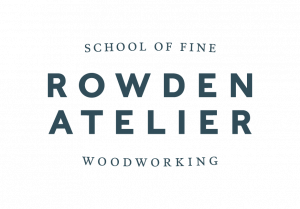Any veneers, most especially burrs, are quite lumpy and bumpy and will require quite a lot of pressure, certainly more pressure than a vacuum bag could apply to press them down. A way of overcoming this is to flatten them. This is best accomplished by dampening the burrs on both sides with a spray bottle of ordinary tap water, then laying those burrs between sheets of white lining paper. Lining paper is stuff we get from decorating shops and is the paper that is put underneath good quality wallpaper. We buy it in rolls about 18″ wide and several metres long. These sheets are placed under and over each damp leaf of burr veneer making a pack then a flat board is put underneath and a flat board is put on top and either weights are placed on top of that or G clamps are put all round it so that an even pressure is applied. This needn’t be as much as a press but it can be enough to keep the now flexible burrs in contact with the paper. The key to this process is to start it early in the morning and change the sheets of lining paper 3 or 4 times in the day, replacing each time with dry lining paper. At this time the workshop can look like washing day at Mrs Woo’s Laundry because sheets of damp lining paper are hanging over every available surface. Last in the process, Daren measures the dimension of the burr each time he takes it out of the pressing. First and second times he’ll observe a considerable shrinkage as the veneer moves from being quite damp to quite dry. Once that dimension is stabilised and doesn’t change, he knows that it’s as dry as it’s going to get in this process.
Change the paper or mould will grow overnight on the sweet timber and it is not just surface mould; it strikes right though the veneer and can ruin blonde veneers.
